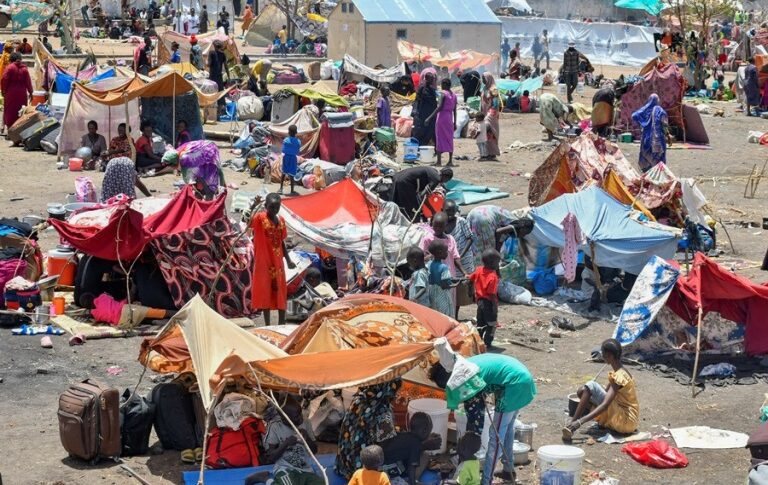Refugees fleeing Sudan crisis into S. Sudan face hunger, diseases: aid agency
September 10, 2024 (RENK) – Refugees fleeing conflict in Sudan are facing hunger and disease in South Sudan as humanitarian funding dries up, food rations are squeezed, and the cost of food soars, Save the Children said the country’s ongoing war shows no sign of an end.
According to the aid agency, nearly 800,000 refugees and South Sudanese returnees, including 476,000 children have fled Sudan since the conflict escalated in April 2023 with one in five children screened at the Renk border found to be malnourished.
This is in addition to over 290,000 Sudanese refugees who fled to South Sudan in previous years.
Save the Children, however, expressed concerns that recent shortfalls in funding have impacted on the capacity of the United Nations World Food Programme (WFP) to provides food rations.
Since 2022, refugees in South Sudan only receive half of what WFP considers a full food ration.
The conflict has equally disrupted peoples’ sources of livelihood, leaving them to rely on food aid.
The scale back is the result of ongoing funding constraints and pressures caused by the increasing number of new arrivals in the camps, a major concern since the start of Sudan’s conflict, it noted.
One camp leader in Maban County told Save the Children that he feared that the food cuts affecting the longer established refugee community in South Sudan will prompt people to leave the camp.
Some refugees reportedly said they would consider going back to Sudan despite a lack of safety.
Across the border in Sudan, the fighting has reportedly fueled one of the world’s most severe humanitarian crises and shows no signs of abating, so far displacing at least 10.4 million people.
Last month, however, the aid agency said its clinics in Darfur and Kordofan states were seeing rates of severe acute malnutrition skyrocket as fighting has halted food production in key areas.
“South Sudan is in the depths of a humanitarian disaster: already one of the world’s poorest countries, reeling from impacts of the climate crisis and food insecurity, and now hosting hundreds of thousands of people fleeing conflict in neighbouring Sudan,” said Famari Barro, Save the Children Interim South Sudan Country Director.
“Hundreds of thousands of children across the country rely on food rations to survive – many will now be plunged into even further precarity and exposure to malnutrition, disease and protection risks like child marriage or labour as families are forced to desperate measures,” he added.
Meanwhile, Save the Children is calling for a massive injection of funding from the international community for the UN’s 2024 humanitarian response plan for South Sudan to aid WFP’s efforts. According to the agency, only 43 percent of the response plan for South Sudan had been funded.
The aid group urged an immediate ceasefire and meaningful progress towards a lasting peace agreement.
(ST)

